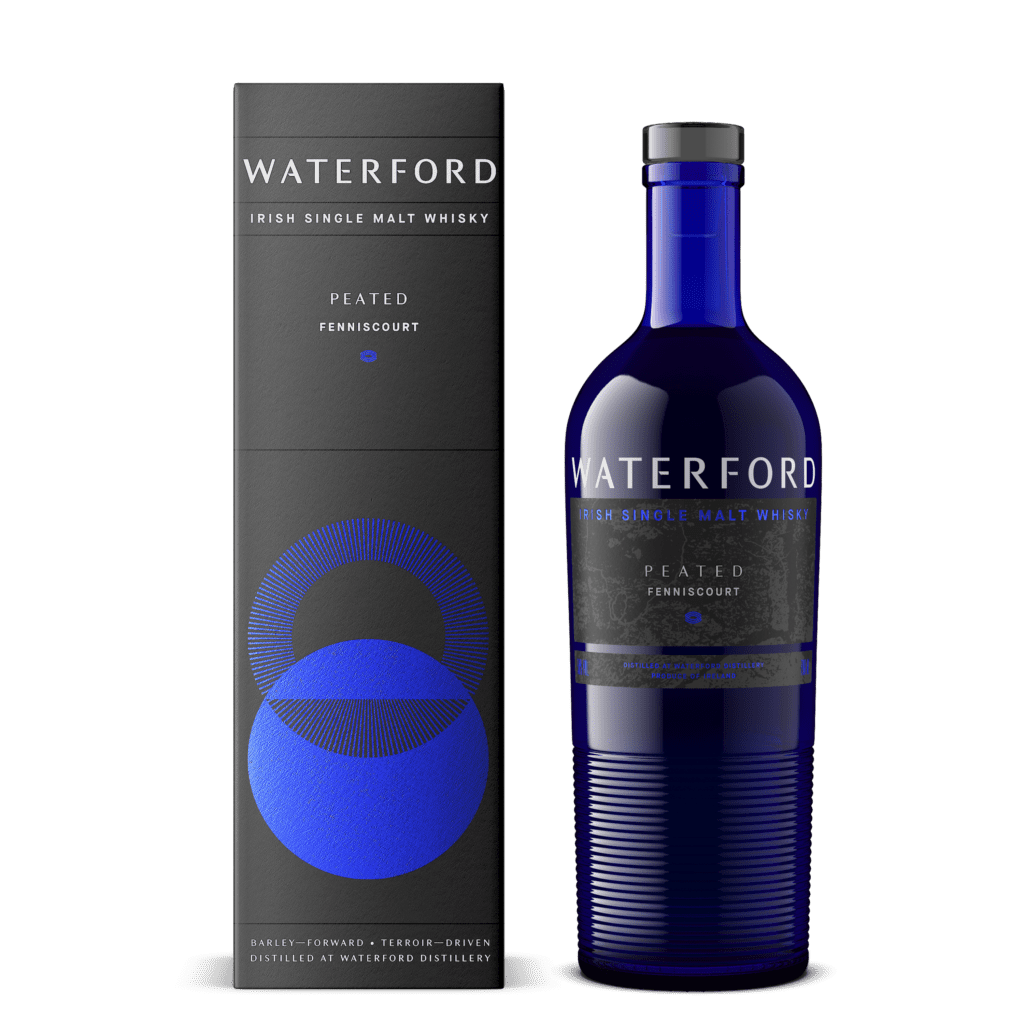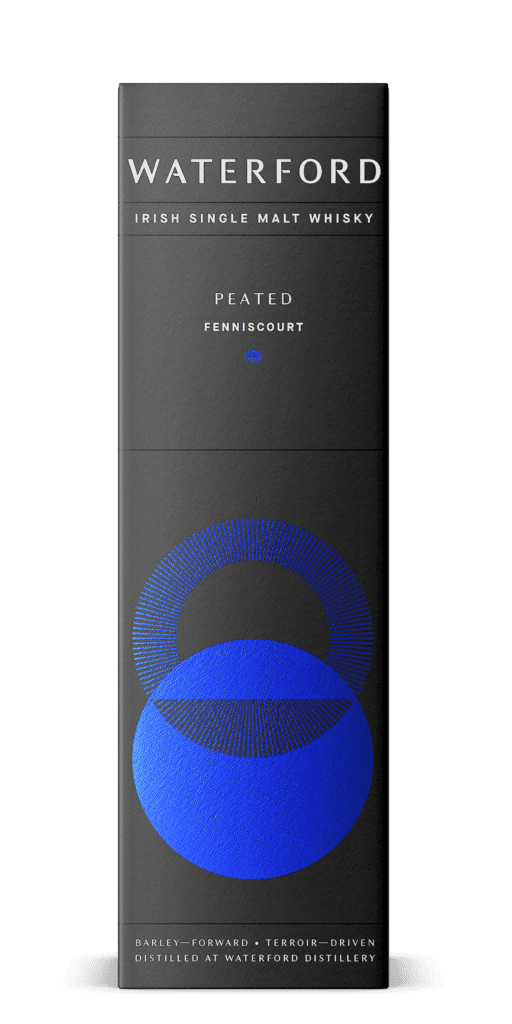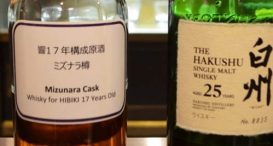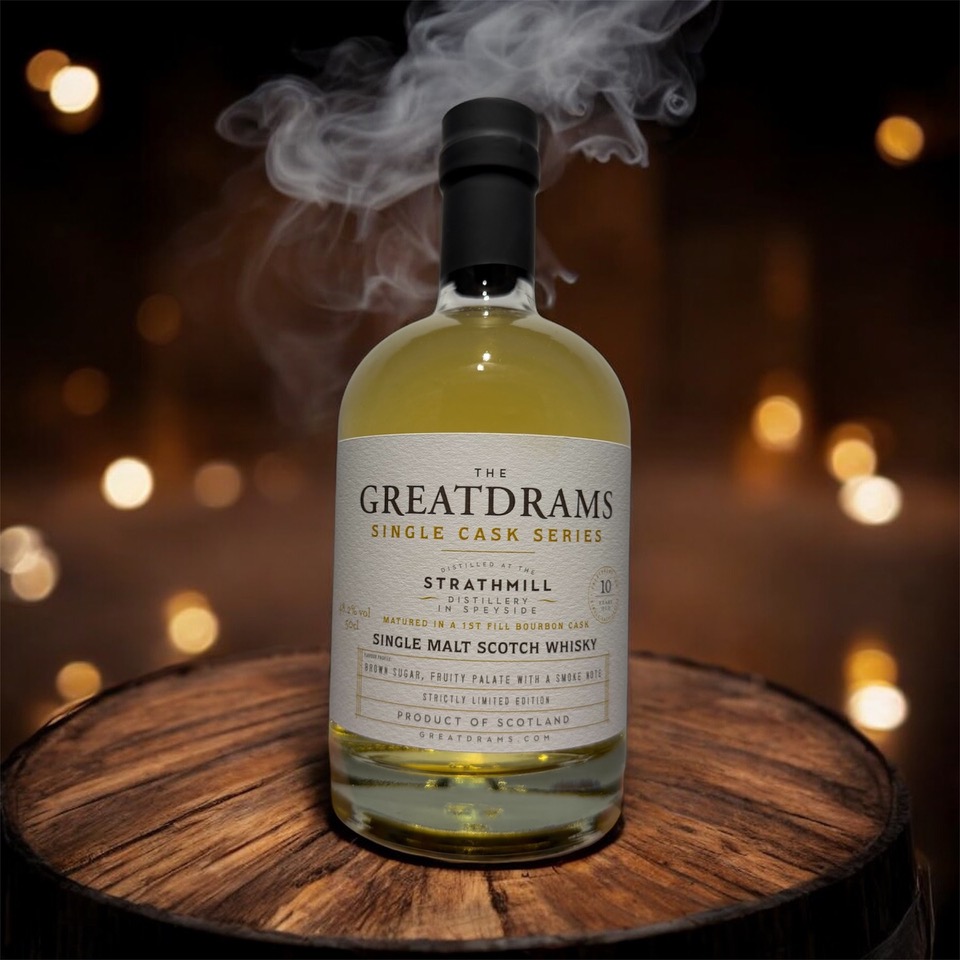Waterford Distillery Launches The First Single Malt Whiskies in a Generation to Use Irish Peat-Dried Barley
Waterford whisky is announcing the release of to new single malt whiskies created using both Irish peat and Irish-grown barley- the first in a generation to do so. The releases celebrate a return to the traditional ways and flavours or Irish whisky production.
Out of necessity since the dawn of time, peat has been the primary fuel source in rural Ireland, with its sweet pungency familiar to generations gathered around
the hearths of ancient thatched cottages. This same diffused aroma cloaked barley dried over peat smoke by illicit distillers, a custom that began to die out in
the 1850s.
As part of its pioneering quest to unearth whisky’s most natural flavours, Waterford Distillery has dried barley grown on two Single Farm Origins of Ballybannon and Fenniscourt, Co. Carlow, using peat cut from Ballyteige in Co. Kildare. Each farm’s harvest was peated to different levels: Fenniscourt’s barley to 38ppm and Ballybannon’s barley to 47ppm.
The bottlings are the latest whisky in the distillery’s Arcadian Barley series, which previously saw the first organic Irish whisky and the world’s first biodynamic whisky. The Arcadian Barley series showcases the intensity of natural flavours and honesty from the old ways, and represent real rarity because of the raw materials used.
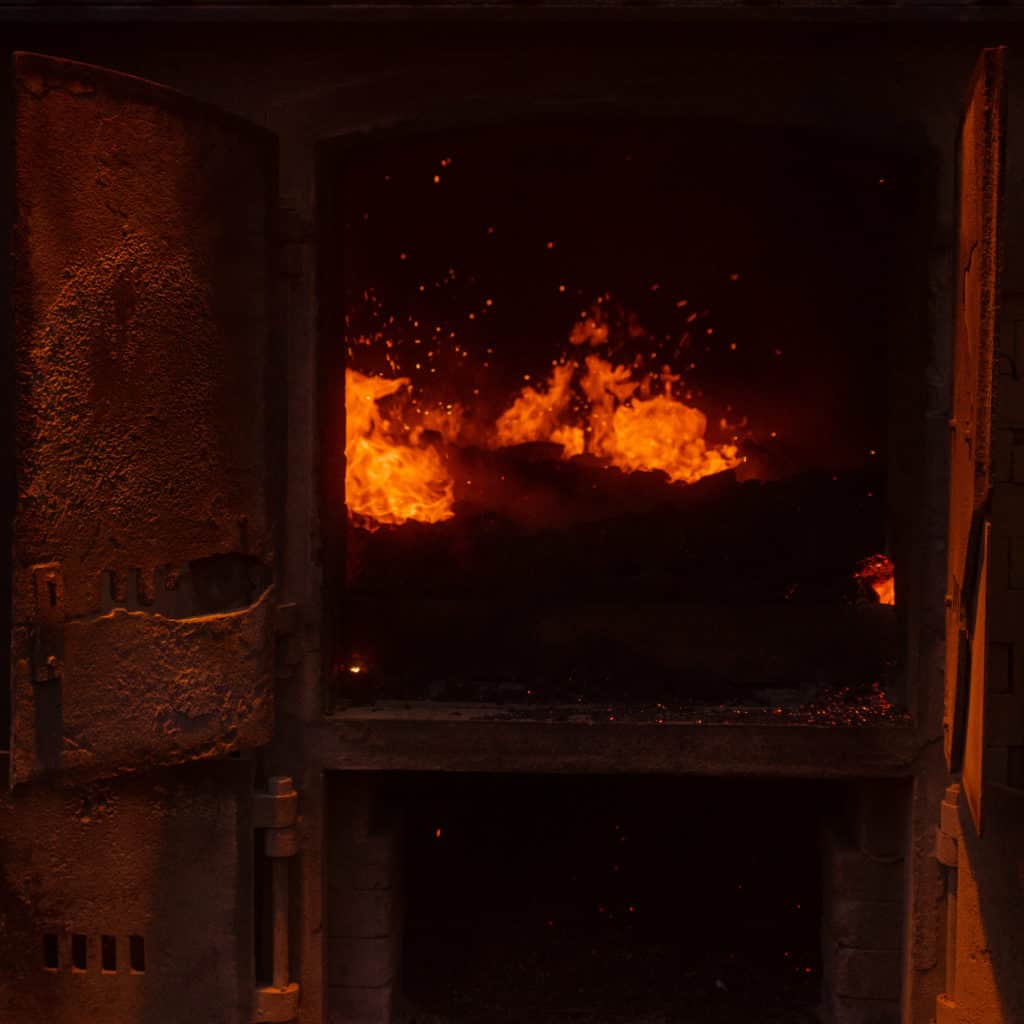
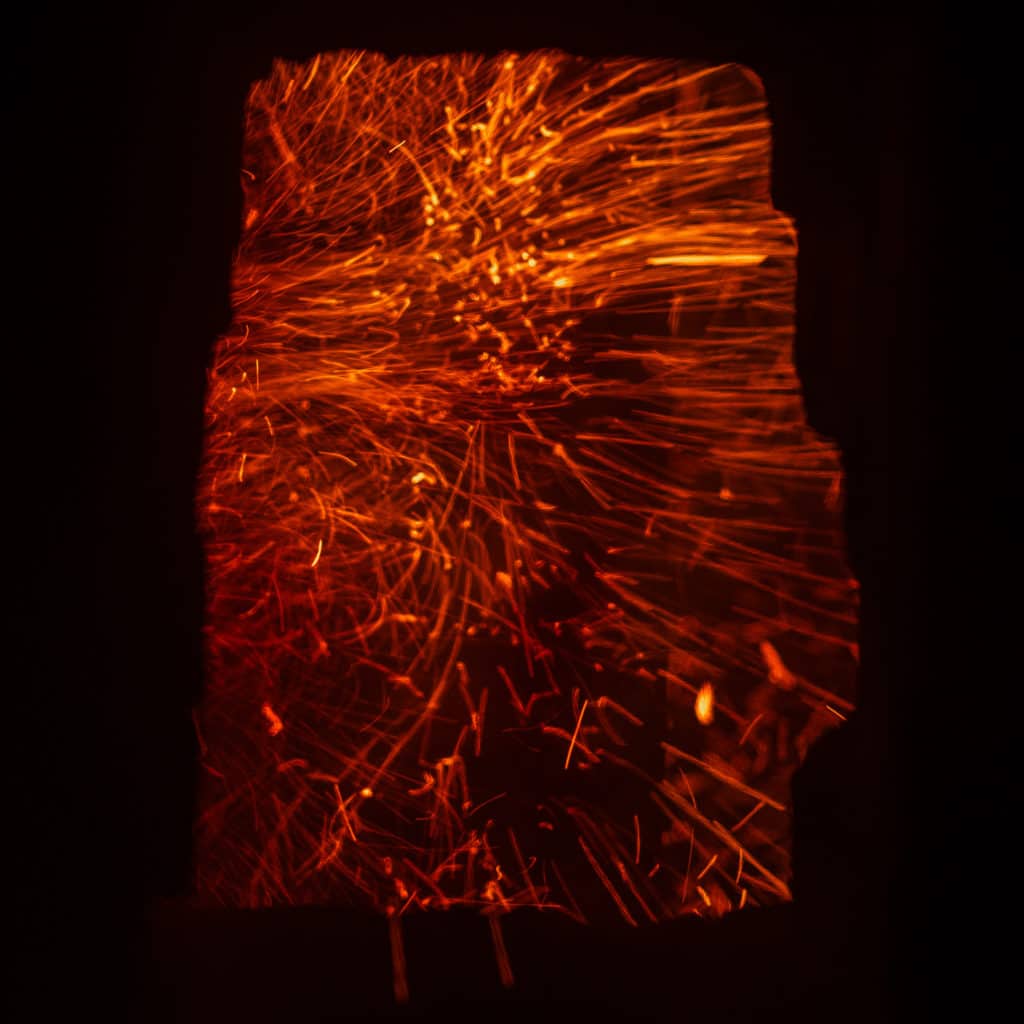
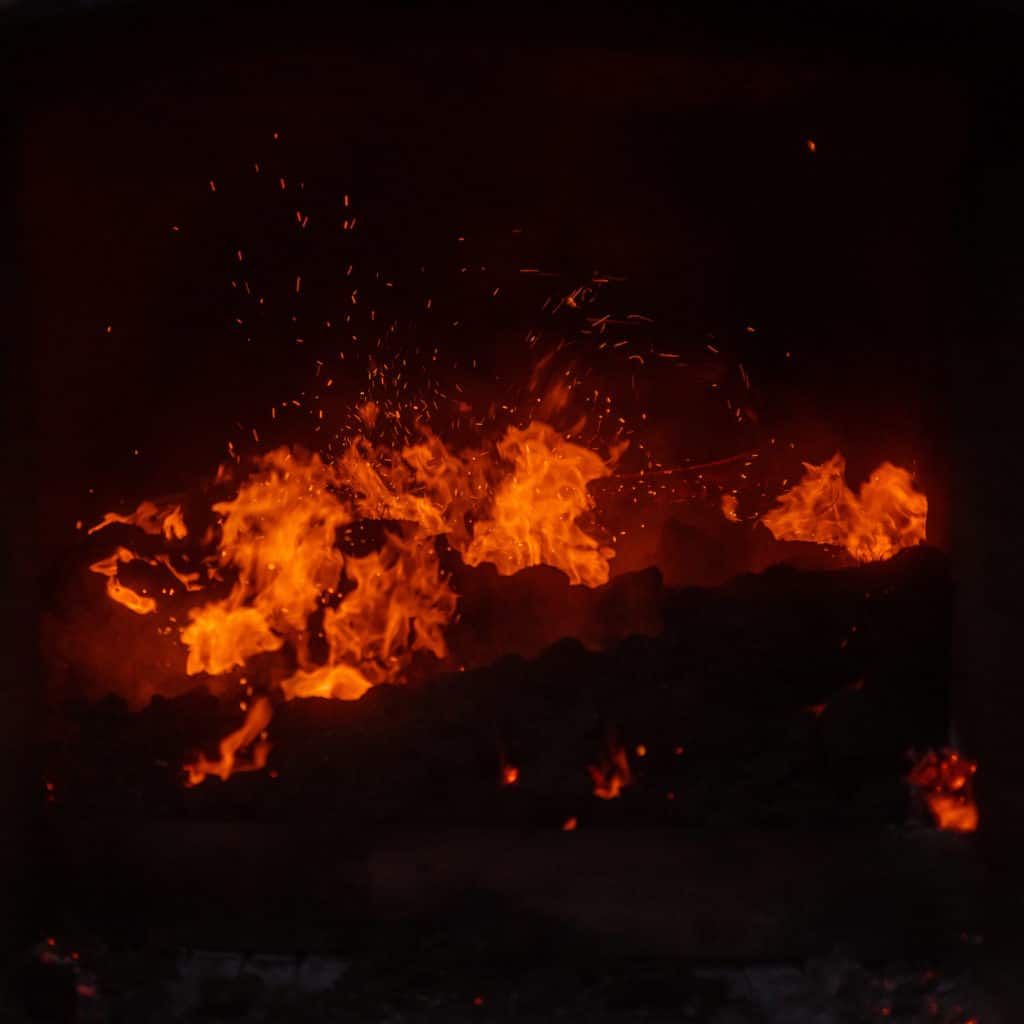
A Peated Odyssey From Islay to Ireland
No stranger to this method of production, Waterford Whisky CEO Mark Reynier, who resurrected Bruichladdich distillery on Islay, created the now-iconic peated Scotch whiskies of Port Charlotte and Octomore.
“To achieve this in Ireland with the same authenticity was going to be a much greater challenge, one that our maltsters, Minch Malt, readily agreed to accept. At Waterford we are fascinated by the natural flavours of whisky so I was curious to see what real Irish peat brings to the table, flavours that have been long lost, and ultimately whether terroir trumps peat in the flavour Olympics.
We selected two Single Farm Origin barleys – with distinctive terroirs – to see if those naturally occurring flavours shone through or were in fact dominated by peat. Finding the right quality Irish peat was a challenge but the greatest problem of all was there were no operational kilns left in Ireland; the knowledge had been forgotten. We needed Scottish help.”
While the peating levels (phenols expressed as parts per million) are similar to famous Islay whiskies such as Port Charlotte and Ardbeg and more than Bowmore or Lagavulin, the extraordinary result is distinctly different with the intensity of Ireland’s barley shining through the encompassing envelope of refined peatiness.
It offers curious tasters and peat fanatics (known affectionately as Peat Freaks) a completely new experience. Or perhaps it is merely an old one from a bygone era, reawakened? And as to whether terroir trumps peat…
Head Distiller Ned’s Tasting Notes
Peated: Ballybannon
Matured in a combination of 39% first-fill US oak; 21% virgin US oak; 21% Premium French oak; and 19% Vin Doux Naturel casks.
Colour: light gold with everlasting oils.
Nose: soft peat, almonds, lavender honey, a seaside escape, driftwood fire smoke, green apples.
Taste: peat kick, very chewable, BBQ fish by the sea, buttery, samphire, warm apple and almond tart with honeycomb ice cream, endless finish.
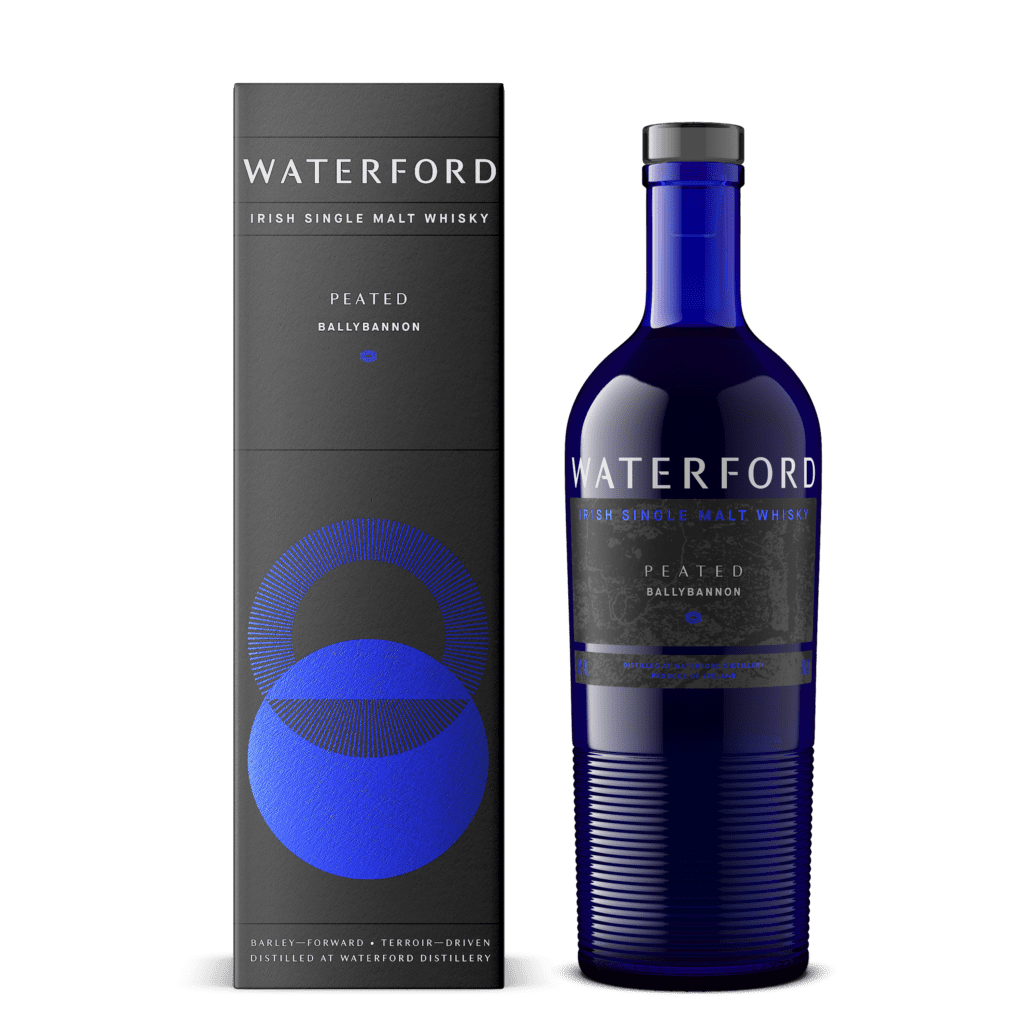
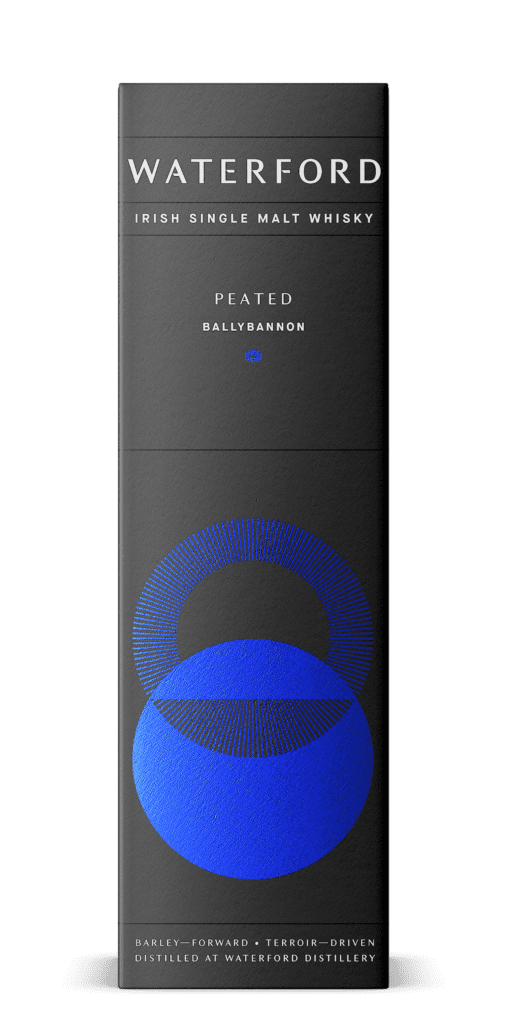

Peated: Fenniscourt
Matured in a combination of 37% first-fill US oak; 19% virgin US oak; 20% Premium French oak; and 24% Vin Doux Naturel.
Colour: rich buttermilk with fabulous oils.
Nose: turf! Saltiness, pear skin, woodland moss, dried thyme, malted biscuits, marzipan, baked banana.
Taste: dry rope, barbecue, bog myrtle, white pepper, meaty; soft, earthy warmth, a dry finish in gentle waves.
